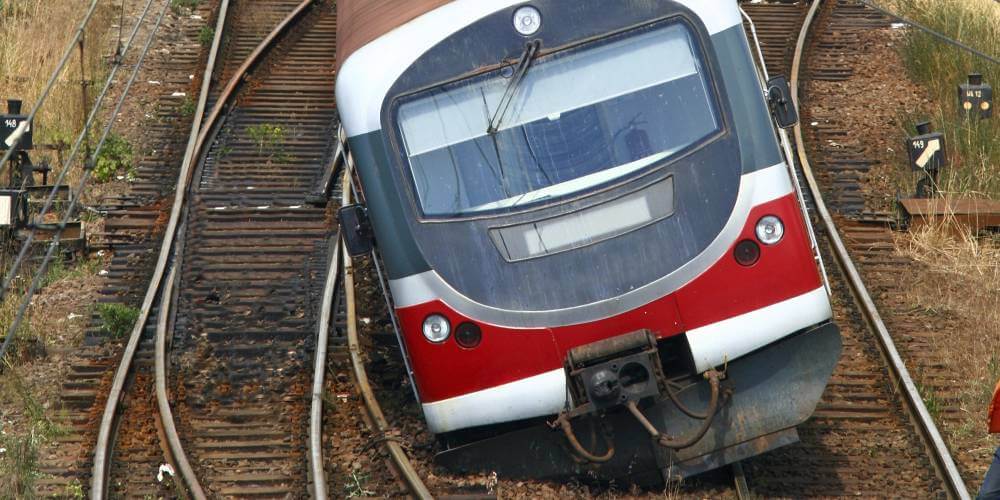Chicago residents have many choices when it comes to rail transportation. Amtrak, Metra and the venerable ‘L’ provide countless options for business and pleasure travel. But rail tracks require frequent inspection and maintenance; failure to examine tracks in a satisfactory manner can in some instances lead to train derailments.
Last month, an Amtrak train derailed near a segment of track that had been repaired a few months earlier. The train was traveling through southwestern Michigan when passengers reported a large jolt followed by a sequence of smaller bumps. It was not immediately obvious that the train had derailed because all cars remained upright, but the train did decelerate quickly from its traveling speed of 60 mph.
It came to rest not a moment too soon. After jumping the tracks, the engine ended up on a parallel line, stopping a mere 20 feet from a string of stationary coal cars. The derailment rocked the passenger cars from side to side and shifted luggage. Of the 178 people on board, two had to be removed on backboards. The local fire department said that seven people received medical treatment for back and neck injuries, while one person required overnight hospitalization.
Investigators from the National Transportation Safety Board, the Federal Railroad Administration and Amtrak will examine the cause of the train accident. Their conclusions are not expected for at least six months.
Whatever the cause, the end result had the potential to be far worse. Given the train’s speed at the time and its proximity to coal cars at the moment of the derailment, injuries to passengers could have been more numerous and more severe. Indeed, at least one passenger expressed his thankfulness that the incident had not been more serious.
Source: Detroit Free Press, “A bump, some confused passengers and an Amtrak train that jumped the rails in Michigan,” Ann Zaniewski, David Jesse and L.L. Brasier, Oct. 22, 2012

